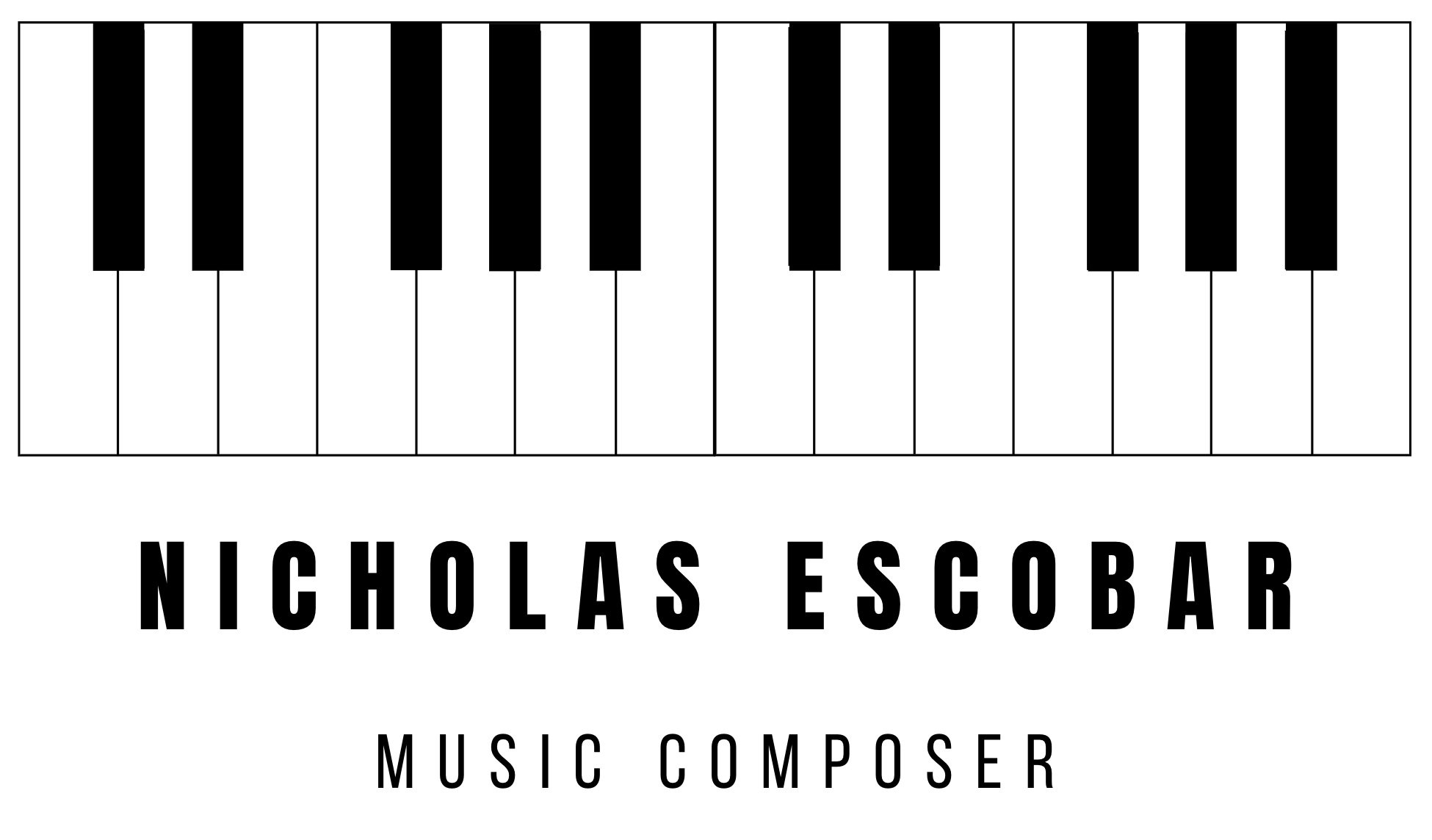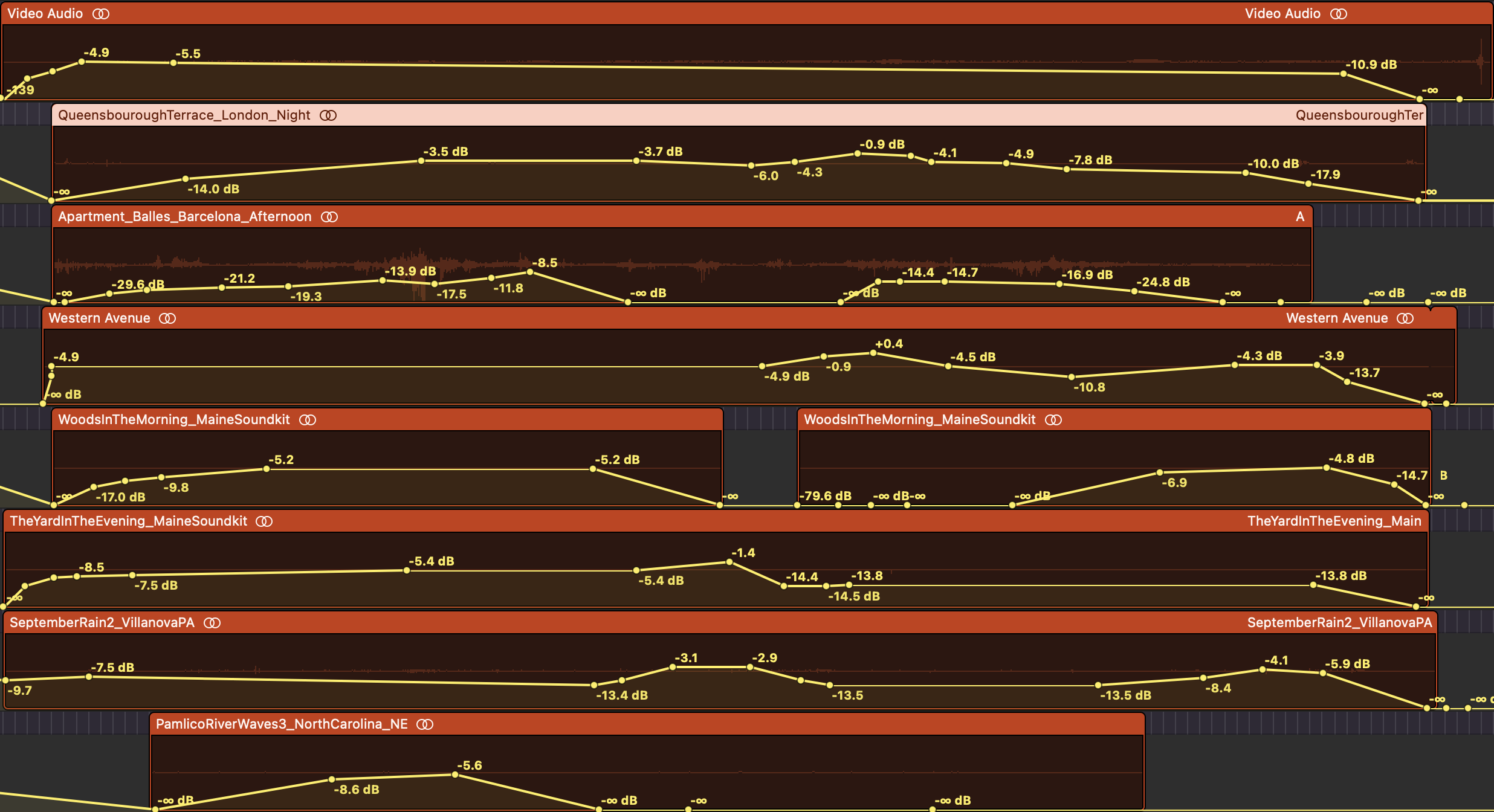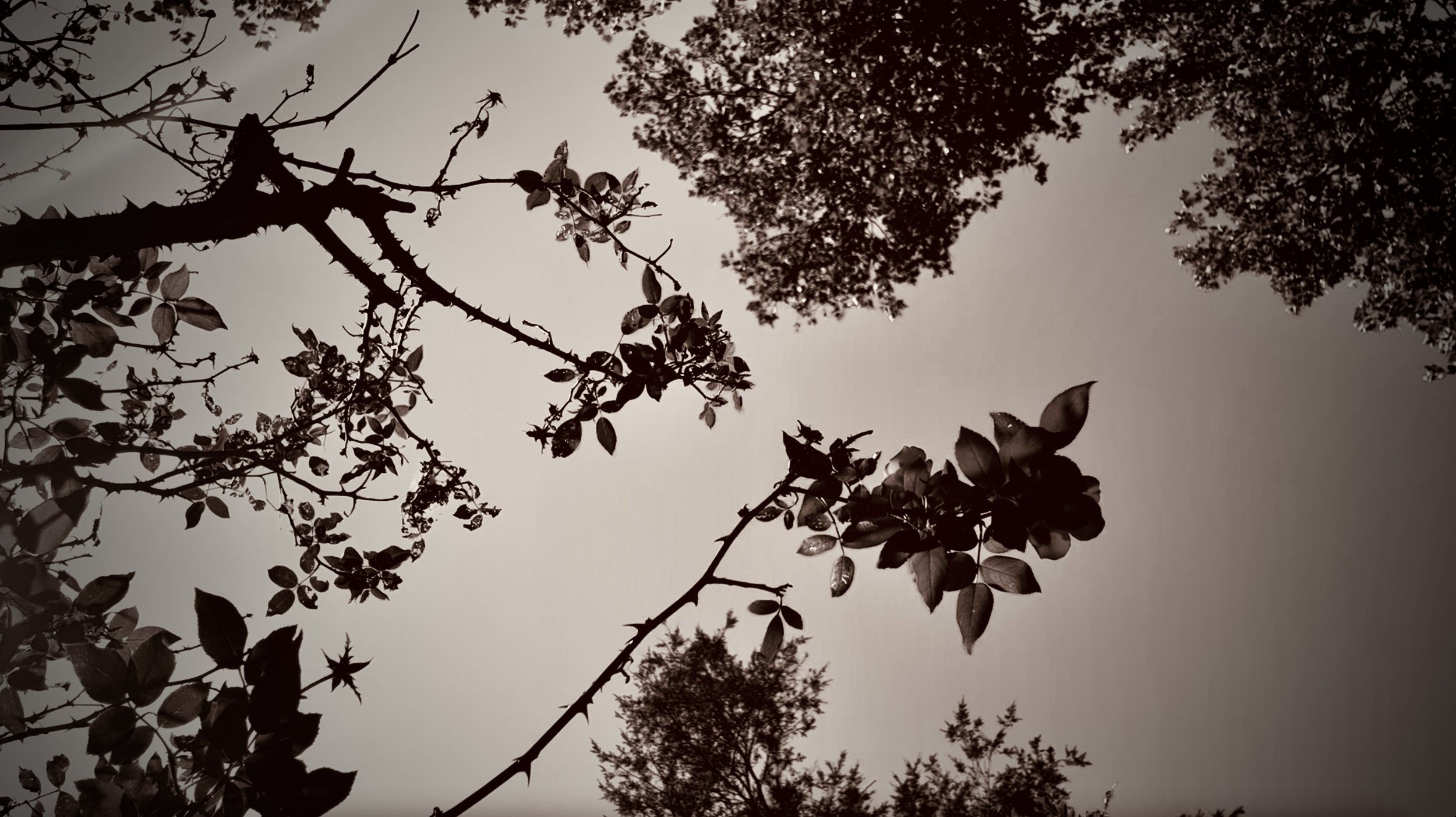My Composing Process: rosy trumpet and invisible rain (2022)
Dear Readers,
I decided to score the sequel to “incoming cars and crickets” and “squirrels playing organs.” Like the other two pieces, “rosy trumpet and invisible rain” was composed. quickly, largely improvised, and completed over the span of just a couple days. I’m thinking of this series as short, meditative sonic/visual experiences.
Let’s dive in.
Building the Sonic Structure
Unlike the prior two pieces in the series, this piece was not built around a specific soundscape. I instead started with the instruments and added the soundscapes at a later stage. Like all my compositions, I began with a blank Logic X project file. I don’t personally believe in templates because they set you on a preconceived path. With a blank project file, you can truly create a unique sound for each one of your compositions. So, I started with the sound that set the tone for the entire piece: Spitfire LABS Foghorn The Depths. It is the sound that is heard at the beginning of the piece, a repetitive ostinato (repeated line) of F, A, B and D. This creates an interesting choral mixture of F major and G major. The entire piece sits between both those chords.
The first ostinato I composed for the piece. It is the backbone of the entire composition.
I played the ostinato for four bars and then set the looping function in Logic so it just continued to play the ostinato without ceasing. This stage of the process reminds me of just doodling on a piece of paper, letting your hand wander. I picked out different instruments and sounds and just started playing them with the ostinato, seeing what worked and what didn’t.
The marimba’s ostinato.
The Spitfire LABS Synth Strings worked quite nicely going from a long held G to a long held A. I doubled that line with the LABS Strings Flautando to add an extra ethereal quality. The marimba playing a quick ostinato of E, C, D, B, C, A (again, existing in both F major and G major) added a sense of furious energy. The Foghorn Engine Room (used in “squirrels playing organs”) added a low-end percussive sound.
More instruments started to pile up. I added a clavichord from Logic and the Ragtime Piano from Native Instruments. I improvised an off-kilter melody that sat neatly in between F major and G major. It is formed out of a series of eighth and sixteenth notes that seem to be hopping and talking at the same time.
The piano and clavichord repeated melody
Then I improvised another line, this time for two different mellotron presets. Similar to the piano and clavichord, this melody thrives in its off-kilter nature. Each of the measures starts on the upbeat. It includes the raised 4th (B major) which establishes the mixture between F major and G major. This feels like a conversational melody to me. In total, all these repeated motifs seem to be speaking to one another. I purposefully placed them in different sections of the stereo image so they feel like separate voices.
The choir and flute mellotron repeated melody.
On top of all these motifs I added further percussion. The Darbuka and Bendir drums (European Folk percussion kit in Logic) and a flexatone and agogo (Latin percussion kit in Logic). And finally a simply three note line from the Record Player Music Box from Native instruments. In total, the initial demo sounded like this:
And from there, I could really start putting all the pieces together.
Molding the Music
As the title implies, this part of the composition process resembles the act of molding clay. The prior part was sketching, while this part has a sense of permanence to it. I built up the structure I starting with just the four note ostinato and then adding the different instruments and melodic motifs until I reached the climactic layering that the initial sonic structure demo demonstrates.
You can see here how I stacked the repeated lopped lines to create a more complicated texture. Then I pulled the texture back for the trumpet solo, and slowly built it back up again before it tapers off at the end of the piece.
As I went about this, I began to add more instruments to the mix. Recently I have begun to explore the far corners of the Logic X instrument library. In my recent pieces I leaned into the different percussion kits, playing around the various sounds and crafting interesting and unique rhythms. For this piece, I went into the “Studio Strings” and “Studio Horns” libraries and played around with some section instrument groups. In the string section I used the Eden Park section pack and put them in the trill setting. Those are the dissonant string lines that pop into the recording as the texture becomes more complicated. I also used the scoop up articulation with the Abbey Wood section to create a repetitive quarter-note line that accented the percussion parts. For the horns, I used the Little Brazil instrument section pack and added in a triplet line that adds momentum into the next measure. One final element that I added were swells by 2 clarinets and 3 flutes (Spitfire Studio Woodwinds) and 2 tenor trombones (Spitfire Studio Brass). They simply play c major chords.
Once the texture reached it most complicated, I decided to do something similar to “squirrels playing organs”: add a jazz solo section. For this piece, we have a muted trumpet (Native Instruments library) and picked bass. Both lines are entirely improvised. I purposefully dragged the trumpet solo a bit to add more realism to the performance. The overall texture of the piece greatly reduces during the trumpet solo. I cut it down to just a few elements to leave space for the solo. I added in some long cymbals from the Funk Kit from Native Instruments, at irregular intervals to add a spontaneity to the drum part.
A piano solo follows, fully improvised, and it extends to the sudden end of the piece. I build the texture back up again, bit by bit, and then let it taper off naturally (by slowly lowering the volume of the different elements). One addition to the later part of the piece are Crystal and Noir Pads from Native Instruments. They, along with the Synth Strings, play the chord progression F - Gm7 - F - CM7 /B. That last chord means that it is a c major 7th chord (C, E. G, B) with the B in the bass. This creates a nice crunchiness to the sound. The B resolves back down to the F. This is doubled by the picked bass.
The final elements arrive near the end: the Lesotho Pad and the Shakuhachi. They play a slow, descending line as the piece comes to a sudden close. This was actually accidental, because I only extended the percussion that far before I played in the piano solo. I kept the sudden ending though (accenting the c note with an egg shaker and ratchet) because it felt surprising and catches the listener off guard. It is almost like you are lulled into this meditative state and then suddenly you are snapped out of it.
The Mixing Process
It was around this point in time when I began adding the soundscape elements in earnest. In this piece, you are hearing soundscapes from:
Washington, D.C., USA
Poland, Maine, USA
London, UK
Barcelona, Spain
Villanova, PA, USA
Pamlico River, North Carolina, USA
The only soundscape that I edited a lot was the recording from Spain. I added the Step FX preset Filter Chase and spread it across the stereo image. It creates a driving, bizarre rhythm that can be heard cutting through the mix a couple times. To the other recordings, I did some selective EQ’ing and limiting (to increase volume). Unlike my prior two pieces, I included the actual audio from the filmed video in the composition. So the sonic elements from the video location are present in the music.
The soundscapes helped greatly with the mixing process for the piece. As you can see by the image below, I molded the soundscapes to peak and certain moments and drop out at others. During the trumpet solo, the September 2021 rain in Villanova and the August 2020 Maine woods are more present. At the beginning, the waves in North Carolina can be heard more clearly. The lonely bird that I heard on Queensbourough Terrace in London cuts through the mix a couple times, while the recording as a whole (with some slight distortion) creates a high frequency static sound.
One fun editing addition was that I panned the marimba from far left to far right at each measure so that the marimba seems to be traveling to your extreme left and right constantly. This added some space to the piece and a cool sense of energy.
Overall, the mixing process was making sure that the balance was correct and that each element could be heard.
Once I printed the audio file of the piece, I was able to do some final mastering to it. I added a Graphic EQ (set to the Enhanced Mix preset) and a Limiter. And then, I did something that I actually haven’t done before. I added automation to the reverb. Using the Chromaverb Dirty Chamber preset, I automated the Wet reverb settings (as opposed to Dry, i.e. no reverb). During the trumpet, I purposefully added more reverb, to create an airy wash across that section of the track. It is subtle, but it does really effect the overall sound of that section. I also gradually took away the reverb near the end of the piece, ending with a dry, not spacious sound.
Filming Roses
For the video to accompany this piece, I wanted to try something different. In our front yard, we have some old rose bushes that have bloomed again over the past week. I placed my iPhone on the ground facing up towards a specific rose branch. I let it sit for 7 minutes and then uploaded the file to my computer. The framing is actually perfect (and entirely accidental). In the video, you can see the wind blowing the roses and the trees and birds and bugs flying by. For the album cover edit, I decided to go with a greyscale look, really exaggerating the shadows and the outlines of the ragged and sharp rose bush.
Conclusions
I’m really enjoying this series of compositions. I definitely experimented melodically with this part of the series. It was fun to improvise and layer different motifs to create a complicated and engaging texture. I used more instruments and sounds in this piece, totaling over 40 different tracks. I want to keep making more of these, and keep experimenting with different instruments, sounds and editing methods.
If you have any questions about this piece or my other work, feel free to email me at nicholasescobarcomposer@gmail.com.
Your’s Musically,
Nicholas Escobar








